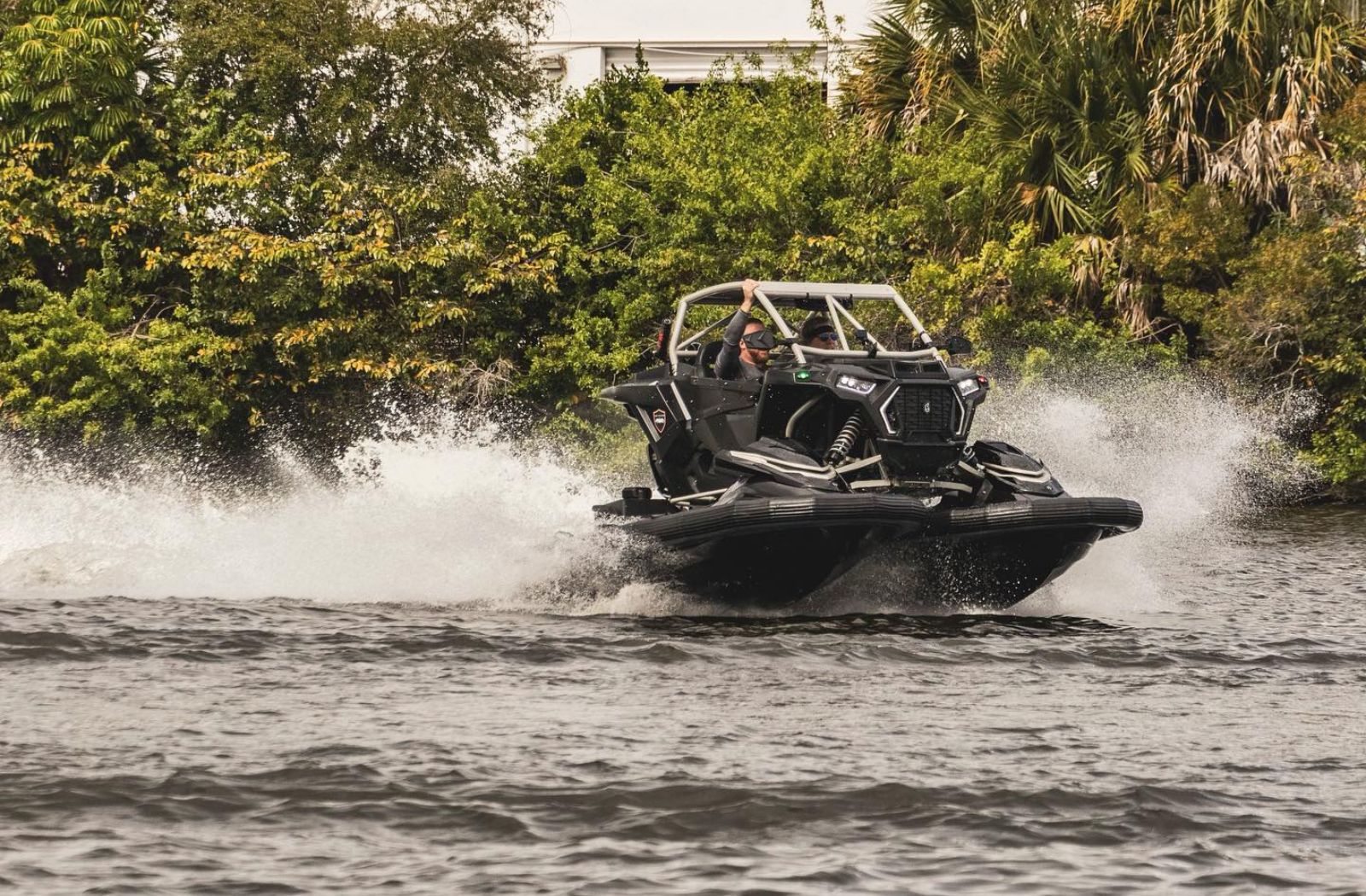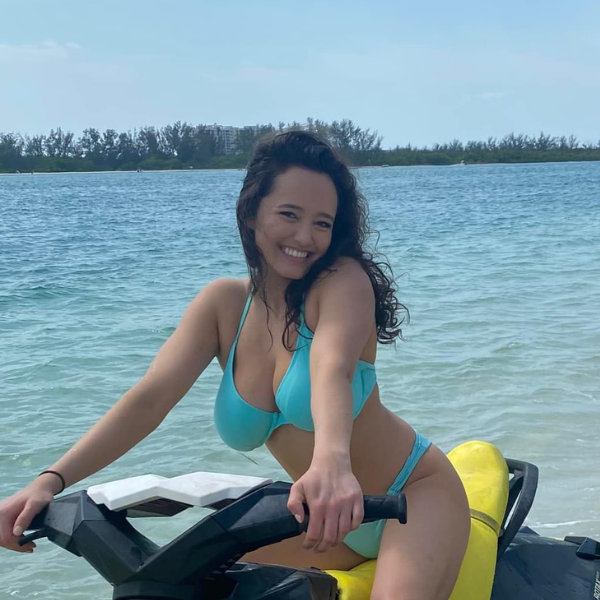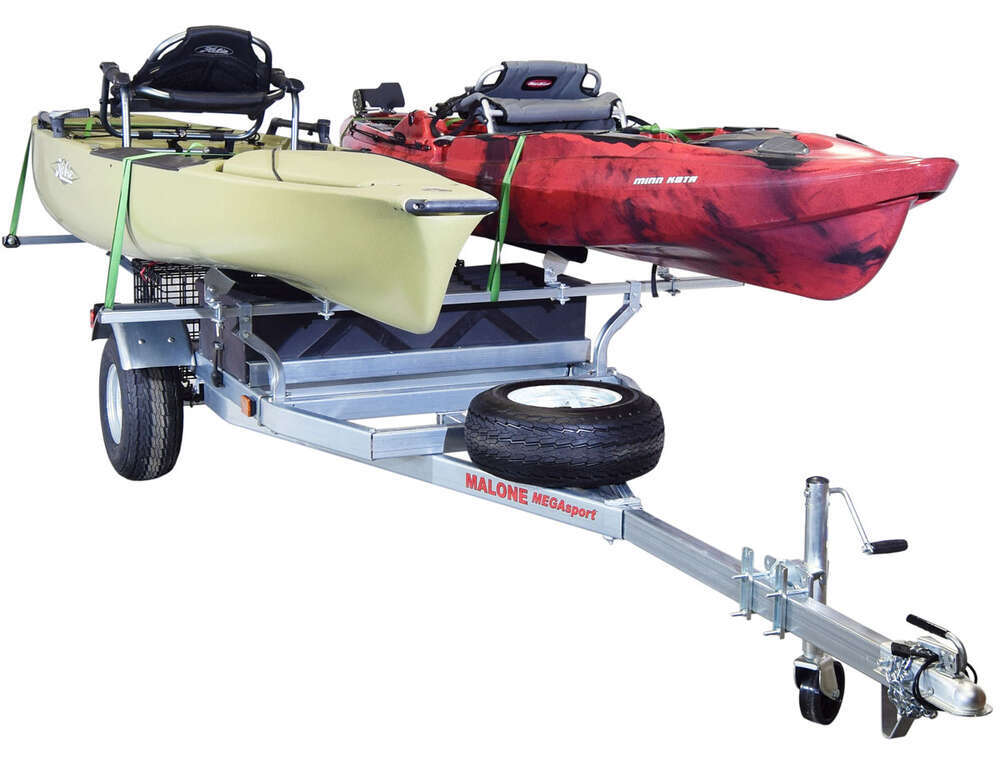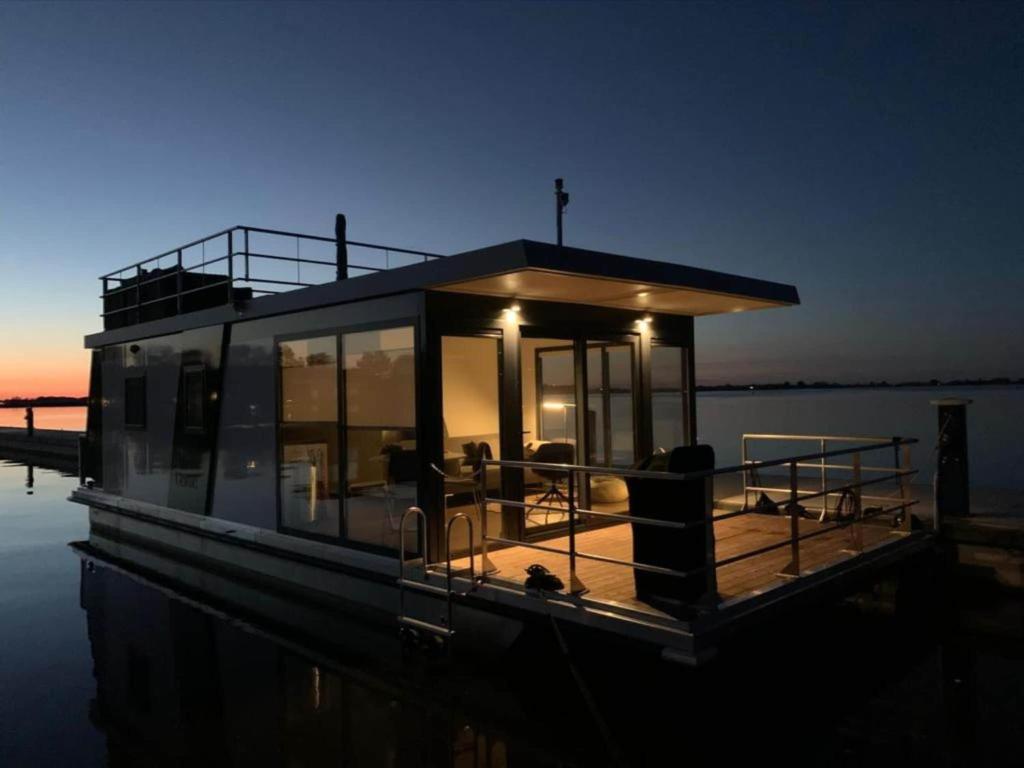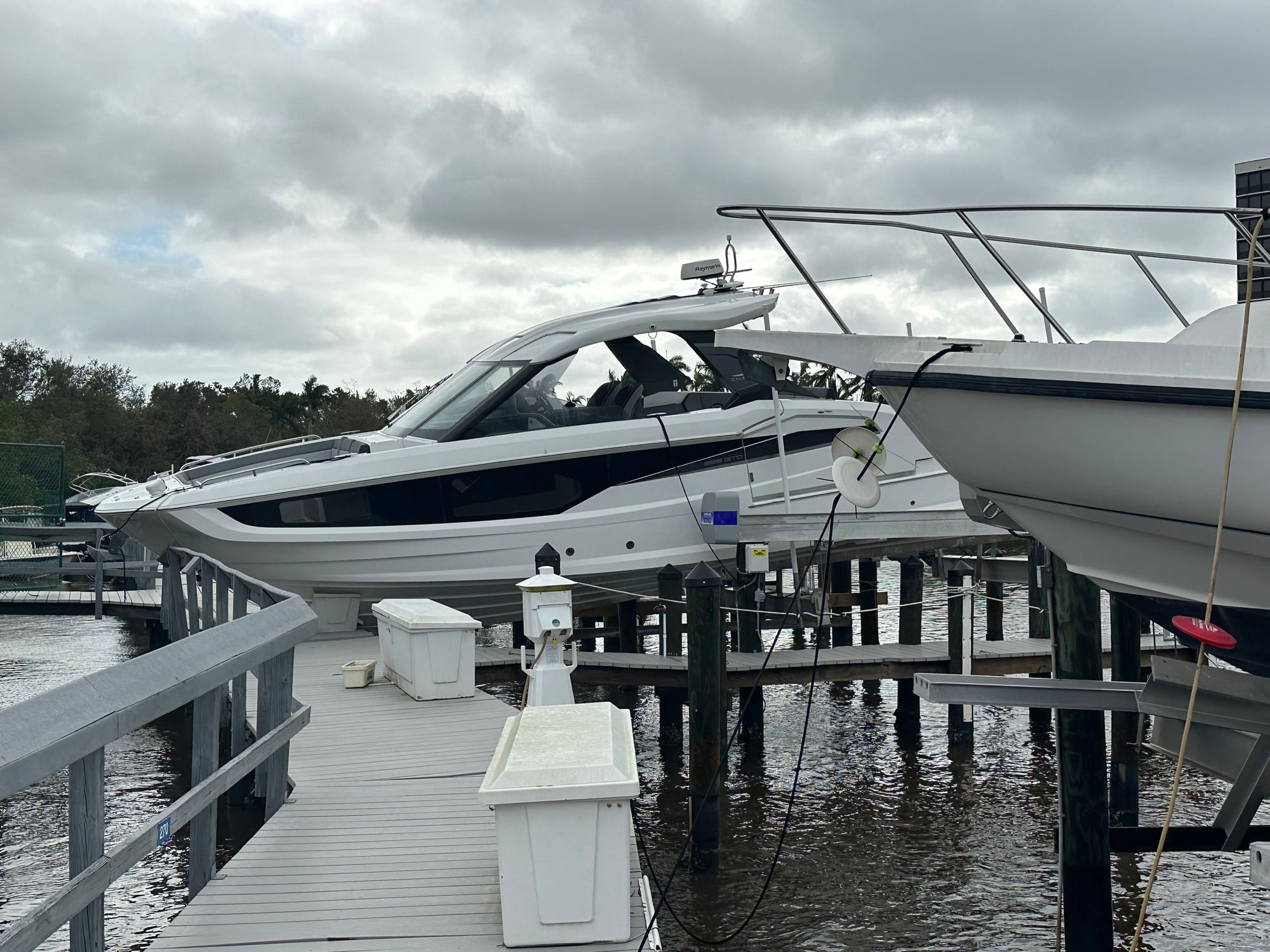Who May Depart from the Navigation Rules? Understanding Exceptions and Special Circumstances
Navigating waterways can be complex and challenging, especially when multiple vessels and changing conditions come into play.
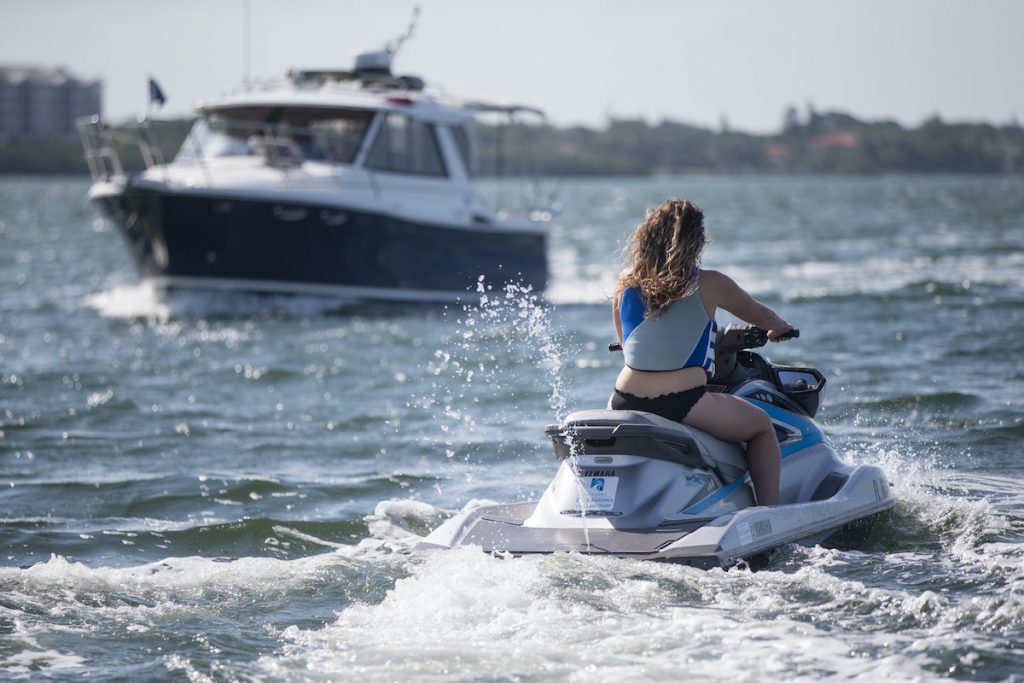
Mariners must typically adhere to strict navigation rules to prevent collisions and ensure safety.
In certain circumstances, however, specific vessels may depart from these rules to avoid immediate danger. This flexibility allows operators to consider unique situations and make necessary adjustments to their course.
For instance, special conditions such as the limitations of the boats involved or potential hazards may prompt a deviation from standard procedures.
The United States Coast Guard provides guidance on these necessary exceptions to maintain safe navigation.

These exceptions are crucial for mariners, who must balance rule compliance with situational awareness and judgment.
Mariners can refer to resources like the Navigation Rules and Regulations Handbook to understand when and how to apply these exceptions.
By staying informed and prepared, operators can navigate even the most challenging scenarios safely and effectively.
Key Takeaways
- Certain vessels may depart from navigation rules to avoid immediate danger.
- Conditions and vessel limitations can require rule exceptions.
- Mariners must balance rule compliance with situational awareness.
Fundamentals of the Navigation Rules
Navigation rules, often called the "Rules of the Road," are essential for avoiding collisions on the water. These rules specify the responsibilities of vessels in a wide range of situations, ensuring safety for all.
Understanding "Rule of the Road"
The "Rule of the Road" is a set of guidelines governing the movement of vessels to prevent collisions. This includes rules for overtaking, meeting head-on, and crossing situations.
Vessels must display correct navigation lights for better visibility and identification at night or in restricted visibility.
These rules apply to all vessels, including sailboats, powerboats, and large ships, ensuring everyone adheres to the same standards.

The Concept of Stand-on and Give-way Vessels
In the rules, vessels are classified as either stand-on or give-way in specific situations.
The stand-on vessel is the one that maintains its course and speed, while the give-way vessel must take action to avoid a collision.
For instance, in a crossing situation, the vessel on the right typically has the right of way. Understanding these roles helps prevent confusion and maintains order on the water.

Determining Risk of Collision and Safe Speed
Risk of collision is assessed by evaluating the relative position and speed of nearby vessels.
If a vessel's bearing remains constant but the distance decreases, risk of collision exists.
To mitigate this risk, vessels must travel at a safe speed that allows adequate reaction time to prevent accidents.
Considerations like visibility, traffic density, and maneuverability influence what constitutes a safe speed.

Importance of Maintaining a Proper Lookout
Maintaining a proper lookout is crucial in preventing collisions.
This involves constantly monitoring the surroundings by sight and hearing.
A good lookout helps in detecting other vessels, navigation aids, and potential hazards.
Both traditional methods and modern tools like radar and AIS (Automatic Identification System) are used to ensure the lookout is thorough and effective.
Exceptions to the Rules
Certain situations allow vessels to depart from the standard navigation rules to ensure safety and effective operation. These exceptions are crucial in scenarios involving vessels not under command, fishing vessels, and government or law enforcement vessels.
Vessels Not Under Command or Restricted in Their Ability to Maneuver
Vessels not under command (NUC) or those restricted in their ability to maneuver (RAM) need special consideration.
An NUC vessel is one that cannot follow navigation rules due to exceptional circumstances like engine failure. RAM vessels, such as those laying cables or conducting surveys, have limited capacity to move freely and avoid collisions.
These vessels must display specific lights and shapes to communicate their status to others.
NUC and RAM vessels need to take action to avoid collisions.
Other vessels must give way to NUC or RAM vessels, recognizing their restricted abilities.
The emphasis on special conditions and risks highlights the importance of these rules to promote safety on the navigable waters.
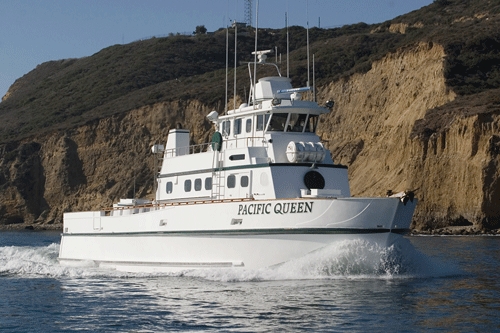
Fishing Vessels and Their Right of Way
Fishing vessels engaged in activities like trawling or setting nets face unique challenges.
They have limited ability to maneuver due to their equipment and operations.
These vessels must display proper day shapes and night lights to signal their activities to other boats.
In many cases, fishing vessels have the right of way over power-driven vessels. However, they must still avoid impeding the passage of vessels that can only operate in specific channels or restricted areas.
This balance helps ensure that safety and efficient navigation are maintained, especially in areas with high fishing activity.

Government and Law Enforcement Vessel Operations
Government vessels, including those operated by the U.S. Coast Guard, and law enforcement vessels may depart from navigation rules when engaged in official duties.
These duties can include search and rescue, law enforcement, or missions requiring high-speed maneuvers.
Such vessels often operate under circumstances where typical navigation rules could hinder their effectiveness.
They must still make an effort to avoid collisions and communicate their actions to other vessels.
These exceptions are key to enabling government and law enforcement vessels to perform vital tasks while ensuring maritime safety.
Special Cases and Considerations
Special considerations arise when navigating waters. These include unique rules for commercial vessels, recreational boats, and specific conditions like narrow channels and rivers.
Commercial Vessel Right of Way
Commercial vessels, especially those with limited maneuverability, often have the right of way. This is crucial in busy areas like shipping lanes and harbors.
Larger vessels should not be impeded by smaller ones, as they may take longer to stop or change course.
The Navigation Center explains that vessels less than 20 meters or sailing vessels must yield to avoid collision.
Commercial vessels rely on radar and other advanced systems to navigate safely, but smaller crafts must still practice caution and follow these rules diligently.
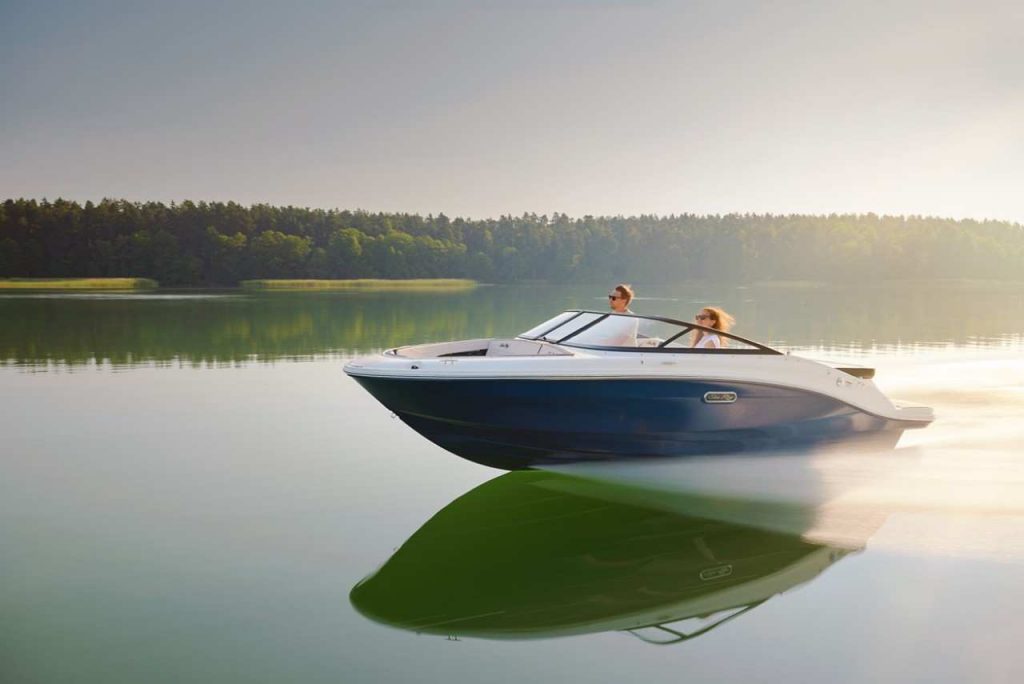
Recreational and Small Boat Considerations
Recreational boaters have their own set of guidelines.
It's vital that they yield to commercial vessels and be aware of their surroundings.
Smaller boats must not block larger vessels that only navigate within narrow channels.
The Boat Ed guide notes that deviations from rules are permitted in emergencies to avoid danger.
For instance, if a small boat faces immediate risk of collision, it may depart from standard navigation rules.
Boaters should always stay alert, use proper signals, and understand that commercial traffic often takes priority.
Maneuvering in Narrow Channels and Rivers
Navigating narrow channels and rivers requires specific actions to ensure safe passage.
Vessels moving upbound against the current must often wait to allow safe overtaking or passing, according to 33 CFR Part 83.
In western rivers or restricted areas, the rules become even more stringent, with fishing vessels needing to give way.
Operators must understand that any deviation from these rules should only be made to avoid collisions or other imminent dangers.
The Coast Guard emphasizes that adherence to these guidelines is essential for preventing accidents in narrow waterways.
Visual and Auditory Signaling
Visual and auditory signaling includes various tools and techniques used to communicate important information to nearby vessels. These signals are crucial for ensuring safe and effective navigation on the water.
Navigation Lights and Visibility
Navigation lights are vital for preventing collisions at sea.
Red and green lights are used to indicate the port (left) and starboard (right) sides of the vessel. White lights are typically at the stern or masthead, helping to identify the direction a vessel is facing.
Proper use of these navigation lights ensures other boats can see the vessel's size, type, and direction.
It's especially crucial during poor visibility conditions like fog or at night.
Different types of vessels, such as power-driven boats, sailing vessels, and fishing boats, have specific configurations for these lights.
Shapes and What They Represent
Shapes are also used during daylight to signal the status or type of a vessel. These include balls, cones, and cylinders.
For example, a vessel restricted in its ability to maneuver might display a black ball, diamond, and ball in a vertical line.
Fishing vessels use specific shapes to show they are engaged in fishing and restricted in their ability to move.
These shapes are critical for nearby boats to understand potential navigational hazards and take appropriate actions to avoid collisions.
Sound Signal Meanings and Usage
Sound signals, such as horns and bells, convey warnings and navigational intentions.
Short blasts typically signal maneuvers like turning, while long blasts warn of the vessel's presence.
These signals are essential in low-visibility conditions and crowded waterways.
One short blast indicates a boat intends to pass on the port side; two blasts mean passing on the starboard side. Five or more short blasts serve as a warning signal, indicating that the signaler is unsure of the other vessel's intentions or actions.
These sound signals help prevent misunderstandings and promote safe navigation practices.
Navigating Unique Vessel Types
Navigating the various types of vessels involves distinct rules and responsibilities.
Specific vessel types like power-driven vessels, sailing vessels, wing-in-ground (WIG) craft, and others have unique navigation challenges, requiring tailored guidelines.
Power-Driven Vessels and Their Responsibilities
Power-driven vessels are equipped with engines and can navigate quickly. They must adhere to navigation rules to prevent collisions.
These vessels often need to give way to sailing vessels, vessels restricted in their ability to maneuver, and vessels not under command.
When navigating in narrow channels, power-driven vessels must stay on the right side, particularly if they are less than 20 meters long. They must also sound the proper signals to communicate their intentions, especially during poor visibility or in congested areas.
Sailing Vessels and Right of Way
Sailing vessels rely on wind for propulsion and have the right of way over power-driven vessels, except when overtaking or in specific other conditions.
They must avoid impeding vessels restricted in their ability to maneuver and vessels not under command.
When two sailing vessels approach each other, the vessel with the wind on its port side should give way. If both have the wind on the same side, the windward vessel should give way to the leeward vessel.
Sailing vessels must keep a lookout and use lights and shapes to signal their presence at night or in poor visibility.
WIG Craft, Seaplanes, and Non-Traditional Vessels
Wing-in-ground (WIG) craft, seaplanes, and other non-traditional vessels, such as kayaks and canoes, have distinct navigation requirements.
WIG craft are treated like power-driven vessels but operate close to the water's surface, requiring special attention when near other vessels.
Seaplanes must avoid collisions at all costs and take off and land with consideration for other waterborne traffic.
Non-traditional vessels like kayaks and canoes are often less visible and more vulnerable; hence, they should navigate close to shore and use appropriate signaling devices like whistles or lights to alert larger vessels of their presence.
Role of Governing Bodies
Various governing bodies regulate and enforce navigation rules to ensure safe maritime operations. Each entity has distinct roles and responsibilities.
International Maritime Organization Implementation
The International Maritime Organization (IMO) is a specialized agency of the United Nations. It focuses on safety, security, and environmental performance of international shipping.
The IMO develops and maintains a comprehensive framework of international maritime regulations, known as the International Regulations for Preventing Collisions at Sea (COLREGs). These rules are mandatory and apply to all vessels on international waters.
The IMO works with member states to ensure the smooth implementation and compliance with these regulations.
The United States Coast Guard's Role
In the United States, the U.S. Coast Guard is primarily responsible for enforcing navigation rules.
They set standards and issue regulations to govern navigation practices on national waterways. The Coast Guard also maintains the U.S. Aids to Navigation System, which includes buoys, beacons, and other markers. These aids help mariners navigate safely.
They are also tasked with patrolling waters, inspecting vessels, and ensuring compliance with both International Rules and Inland Rules.
Demarcation Lines and Jurisdiction
Demarcation lines define the boundaries between inland and international waters. These lines are critical in determining which set of rules—International or Inland—applies to a particular navigable waterway.
The U.S. Coast Guard is responsible for designating these lines and ensuring that vessels comply with the appropriate rules based on their location.
The jurisdiction might shift, for example, from state authorities to federal oversight, depending on whether a vessel is navigating within inland waters or venturing into international waters, thereby altering the governing regulations applicable to the vessel.
Aids to Navigation and Waterways
Aids to Navigation guide boaters through safe channels and help identify hazards. They organize traffic on waterways and indicate navigational constraints.
Buoys, Beacons, and Marks
Buoys, beacons, and marks are crucial for safe navigation.
Buoys are floating devices anchored to the bed of the waterbody. They come in different colors and shapes, each signifying different meanings. For example, green buoys mark the left side of the channel when returning from the sea, and red buoys mark the right side.
Beacons are fixed structures that may be located on shore or on the water. They include lights and day markers that are visible during daylight.
Both buoys and beacons are often marked on nautical charts, making them essential tools for boaters planning their routes.
Marks are indicators such as signs or symbols placed on the water or land to convey information about waterway conditions or hazards. They alert mariners to shallow waters, rocks, and other dangers.
Waterway Designations and Restrictions
Waterways have specific designations and restrictions to ensure safe and efficient maritime traffic.
Some channels are designated for commercial use, while others are reserved for recreational boating. These designations help prevent collisions and ensure that the waterways are used appropriately.
Restrictions may include speed limits, no-wake zones, and areas that are off-limits to certain types of vessels. They are usually marked by specific signs or buoys.
For example, a "No Wake" zone might be marked by a white buoy with orange bands and a warning symbol.
Legal Implications and Liability
When departing from navigation rules, vessels must consider the legal consequences and potential liability. Several factors determine fault, and international laws come into play.
Determining Fault in Navigational Incidents
In navigational incidents, fault often depends on whether the involved parties followed the established navigation rules.
When a vessel departs from these rules under specific conditions, such as avoiding immediate danger, the circumstances must justify the departure.
In a collision, investigators analyze factors like the actions of each vessel, conditions at the time, and whether any navigation rules were breached.
Eyewitness accounts, vessel logs, and navigation equipment data are crucial in these analyses.
Governments may also intervene, especially if the incident involves vessels in distress or results in significant damage. Responsibility can be shared depending on the degree of fault for involved parties.
Liability and International Law
Liability in navigational incidents also involves international maritime laws. These laws ensure consistent handling of incidents worldwide.
According to these rules, vessels must take all feasible actions to prevent collisions, and failure to comply can lead to liability for damages.
Government regulations play a significant role here.
For instance, vessels must navigate safely within narrow channels and fairways without impeding others.
Fishing vessels and recreational boats have additional rules. They must navigate in ways that don't hinder larger, less maneuverable boats. Vessels in distress receive special considerations under international law due to their vulnerable positions.
Practical Guidance for Mariners
Mariners can ensure safe and efficient navigation by following instructions and best practices. Effective navigation involves understanding the capabilities of their vessel, especially in crowded or complex waterways.
Following Instructions and Best Practices
Mariners need to understand and follow navigation instructions closely.
This includes adhering to the Navigation Rules and Regulations, which cover international and inland rules, bridge-to-bridge radiotelephone regulations, and vessel traffic management.
Boat operators should be aware of the maneuverability of their vessels. Different vessels, such as power-driven and fishing vessels, have varying degrees of maneuverability.
Knowing these differences helps in making informed decisions while navigating.
When traveling upstream, special care must be taken due to strong currents that can affect the vessel's control and speed.
Proper education and training ensure mariners recognize and respond to these challenges effectively.
Tips for Safe and Efficient Navigation
Planning is key for safe and efficient navigation.
This involves preparing navigational charts, checking weather conditions, and understanding the waterway characteristics.
Effective planning minimizes surprises and enhances safety.
Using modern navigation aids like GPS and electronic charts can significantly help in maintaining course and avoiding hazards.
However, it's important to not solely rely on technology and to cross-verify information with traditional methods.
Clear communication is paramount.
Mariners should frequently update and inform other vessels of their intentions through appropriate signals and radio communication.
The Coast Guard Navigation Standards Manual provides detailed guidance on effective communication practices.
Lastly, following best practices such as maintaining a proper lookout, adhering to speed limits, and staying updated with local navigation notices ensures a safe journey.
Mariners should also be prepared for emergencies by having essential safety equipment on board and knowing how to use it properly.
Frequently Asked Questions
Certain situations at sea may permit a departure from the Navigation Rules to avoid danger or ensure safety.
These instances are covered by specific regulations and guidelines.
When is it permissible to overlook the Rules of the Road at sea?
A vessel can overlook the Rules of the Road at sea if it faces immediate danger that cannot be avoided by ordinary compliance.
This includes situations where strict adherence to rules would increase the risk of collision or other hazards.
Under what conditions can a vessel ignore standard maritime navigation rules?
Standard maritime navigation rules can be ignored when special conditions arise.
These conditions may include severe weather, mechanical failure, or unexpected navigation hazards that make it necessary to take alternative actions to maintain safety.
What circumstances allow deviation from the USCG Navigation Rules?
Deviation from the USCG Navigation Rules is allowed when it is necessary to avoid immediate danger.
Operators must consider all navigational dangers, risks of collisions, and special conditions that may require departure from the rules to prevent accidents.
What does Rule 2 of the International Regulations for Preventing Collisions at Sea (COLREGs) stipulate about responsibility?
Rule 2 of the COLREGs emphasizes that nothing in the rules exonerates vessels, their owners, or operators from the consequences of neglecting precautional practices.
It highlights the need for caution and good seamanship, even if it means departing from the rules to avoid danger.
In what situations would a sailboat need to sound signals while in fog?
A sailboat must sound signals in fog or restricted visibility to alert other vessels of its presence.
This is crucial for preventing collisions, especially in busy or narrow waterways where visibility is significantly reduced.
How should a vessel proceed when operating in restricted visibility to comply with maritime regulations?
In restricted visibility, a vessel should reduce speed and navigate with caution. It should also use sound signals as required.
Operators must be vigilant and be prepared to take evasive action if another vessel is detected nearby. Using radar and other navigational aids is also recommended.
Charlie is Editor-in-Chief of Sea Magazine
